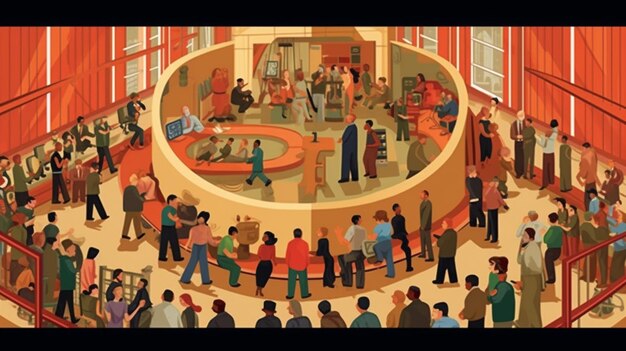Teacher unions have long played a significant role in negotiating salaries and benefits for educators, and their influence continues to shape current trends in teacher pay. In recent years, we’ve seen a shift in how unions approach compensation discussions, reflecting both changing educational landscapes and evolving member priorities.
One notable trend is the increased focus on holistic compensation packages rather than just base salaries. Unions are negotiating for improved healthcare benefits, better retirement plans, and more comprehensive professional development opportunities. This approach recognizes that teacher well-being and job satisfaction are influenced by factors beyond just take-home pay.
Another emerging trend is the unions’ involvement in advocating for differentiated pay structures. While traditionally unions have favored uniform salary schedules, some are now open to discussing alternative models that provide additional compensation for teachers in high-need subjects or schools. This shift reflects a recognition of the challenges in staffing certain positions and the need for more flexible approaches to attract and retain talented educators.
Unions are also increasingly focusing on working conditions as part of the overall compensation discussion. This includes advocating for smaller class sizes, additional planning time, and improved school facilities. The argument is that these factors directly impact a teacher’s ability to perform effectively and should be considered part of the overall compensation package.
In response to the trend of performance-based pay, many unions have taken a cautious approach. While some have agreed to pilot programs or limited implementation, most continue to express concerns about the fairness and reliability of performance measures. Instead, they often advocate for across-the-board salary increases tied to cost-of-living adjustments.
The role of unions in shaping teacher pay trends extends beyond just negotiation tables. They’re also active in lobbying for increased education funding at state and federal levels, recognizing that broader systemic changes are often necessary to significantly improve teacher compensation.
As education continues to evolve, so too will the role of teacher unions in shaping compensation trends. Their challenge will be to balance traditional priorities with the need for innovation in pay structures, all while ensuring that the teaching profession remains attractive and sustainable for current and future educators.





